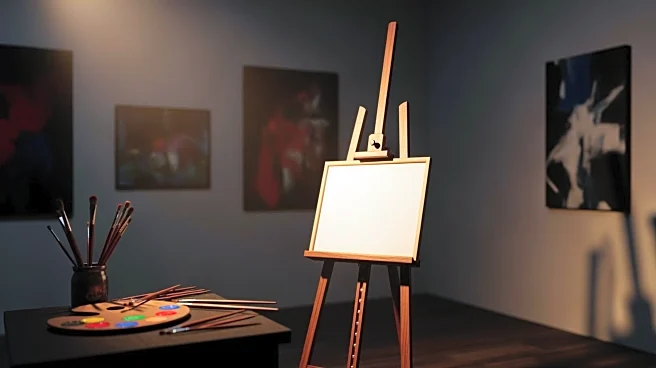What's Happening?
Newly released documents from the House Oversight Committee have unveiled Jeffrey Epstein's involvement in the art world, highlighting his plans to purchase art directly from emerging artists. Emails between
Epstein and his associates, Etienne Binant and Darren Indyke, discuss strategies to acquire art directly from artists rather than through traditional fairs or galleries. This approach was seen as a way to support artists early in their careers and impact the art ecosystem. The emails also reveal Epstein's interest in the controversial painting Salvator Mundi, suggesting connections to high-profile collectors and cultural institutions.
Why It's Important?
The revelations about Jeffrey Epstein's art buying strategies provide insight into his attempts to influence the art market and support emerging artists. By bypassing traditional market structures, Epstein aimed to directly impact the careers of artists, potentially altering the dynamics of art acquisition and patronage. This approach could have implications for how emerging artists are supported and how art is valued and distributed. Additionally, Epstein's involvement with high-profile art pieces like Salvator Mundi highlights the intersection of art, wealth, and influence, raising questions about the ethical dimensions of art ownership and the role of collectors in shaping cultural narratives.
Beyond the Headlines
Epstein's strategy to purchase art directly from artists raises ethical considerations about the power dynamics between wealthy patrons and emerging artists. This approach could lead to increased patronage but also risks creating dependencies that may influence artistic freedom and integrity. Furthermore, Epstein's connections to controversial art pieces and high-profile collectors underscore the complex relationship between art, wealth, and influence, prompting discussions about transparency and accountability in the art market.












